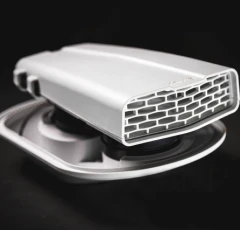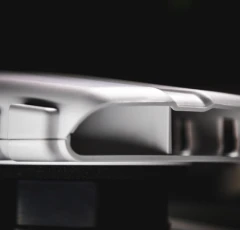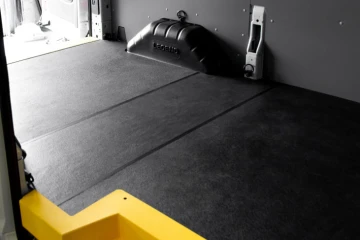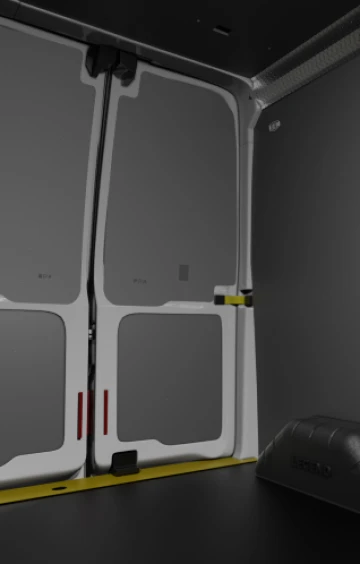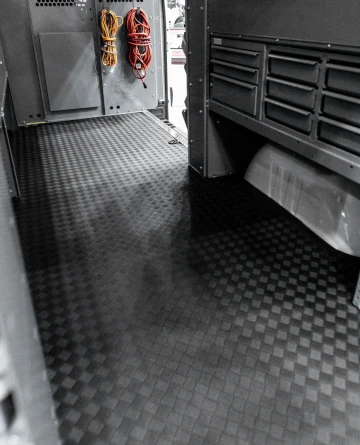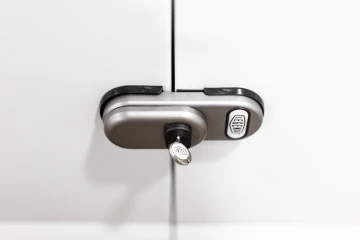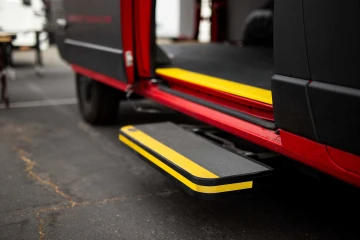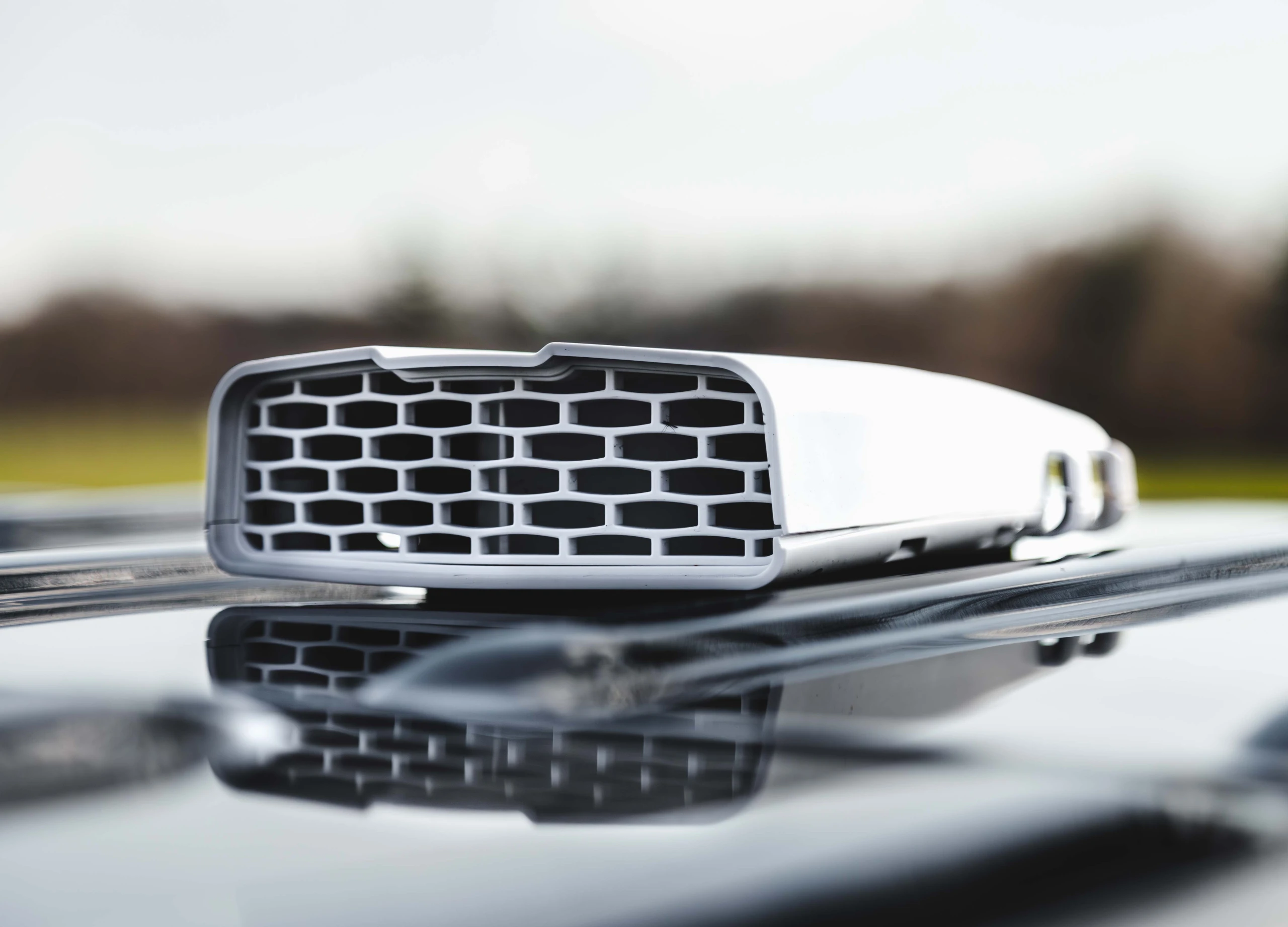
Ventilation System VanFan
It's time to clear the air...
Keep Your Cargo Space Air Clean
The VanFan provides a healthy ventilation solution for your commercial work van. By cycling out airborne gases, mitigating extreme heat, and removing moisture, the VanFan increases your safety while you’re on the road. Our two products versions – the VanFan and VanFan Electric – work overtime to ensure a constant cycle of fresh air is rotating through your cargo space.
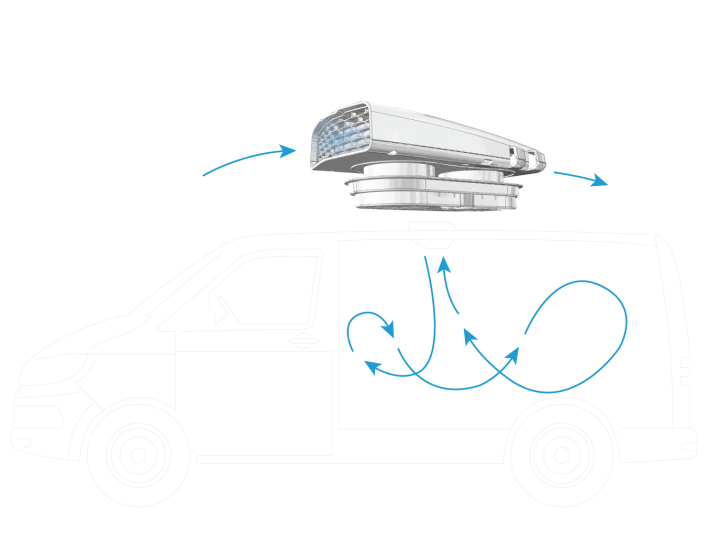
Vortex air circulation
Thanks to the VanFan’s ease of installation, the potential for multiple units becomes not only possible, but recommended! When installed at strategic points on the van roof, the fans work in tandem to create a vortex of air circulation. This in turn maximizes your ability to cycle out stagnant air or chemicals that remain in your cargo area.
ABS Plastic
Non-toxic and safe to use
10min
Time to complete full air cycle
Push-Pull
Maximize air intake & output

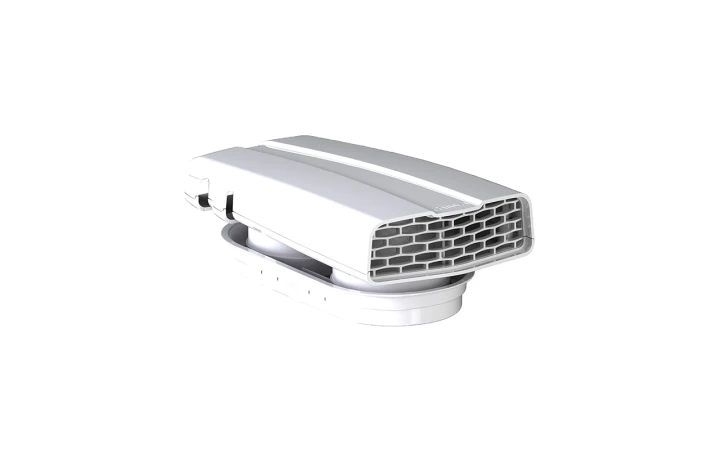
VanFan
Powerful Air Circulation as you Drive
The VanFan removes irritating odours, moisture, gas and air vapours all while maintaining a comfortable cargo area temperature and providing a fresh air supply while you drive.
The intuitive Push – Pull effect maximizes air intake and output to cycle air through the entire cargo area.
The VanFan does not require a floor drain. Instead, providing all of the air circulation through a rooftop unit.
Easy Installation
Installing the VanFan requires three simple steps: mark out and punch two 3 ½” holes, seal and insert unit through hole, screw cover plate on from inside the cabin. Done!
Low profile vent works perfectly with ladder rack without getting in the way.
Better for clearance from overhead objects
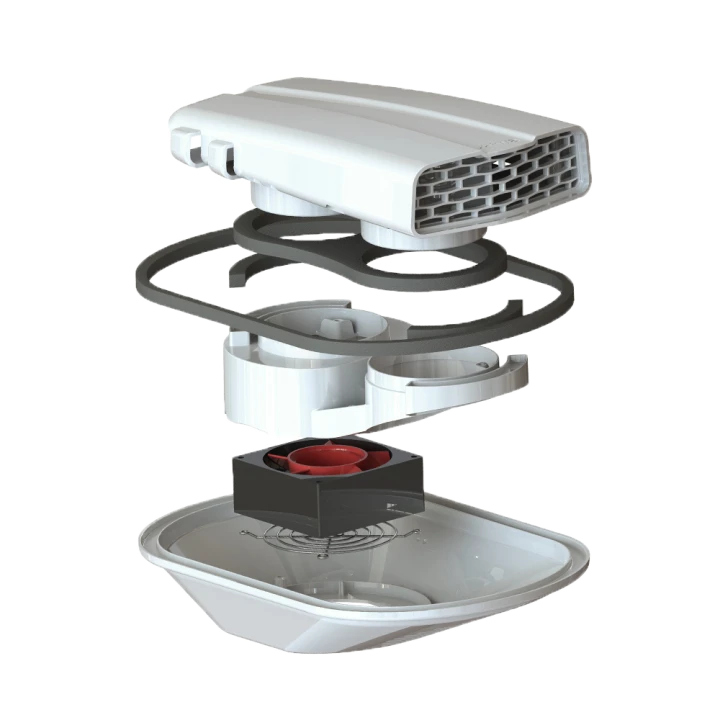
VanFan Electric
Comprehensive 24/7 Coverage
Whereas the base VanFan model is reliant upon the vehicle being in motion to generate air movement, the Electric Module add-on grants you the ability to run your fan 24/7.
When running at full capacity, the VanFan Electric module is able to cycle air through the entire cargo area in just 12 minutes (comparable to driving 60km/h with base model).
For applications where vehicles are stopped a lot or you are making frequent stops throughout the day.
What is forced air circulation?
Forced air circulation refers to the approximate amount of time it takes for the unit to complete a full air cycle. A full air cycle occurs once all the air in the cargo area has been pushed out and replaced. This happens while the van is in motion and the natural momentum of the van forces air into the front of the VanFan. The VanFan then “pushes” the flow of air into the cargo area of the van before “pulling” out the stagnant air.
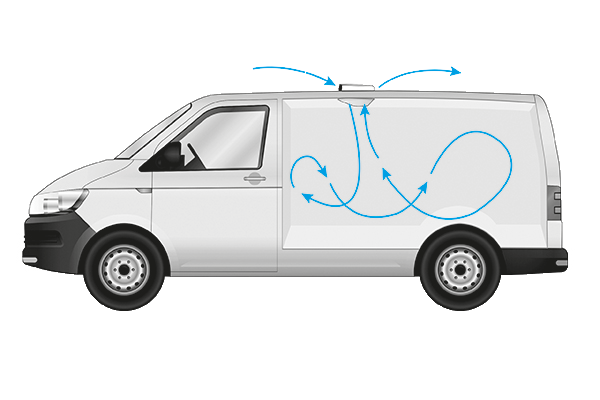
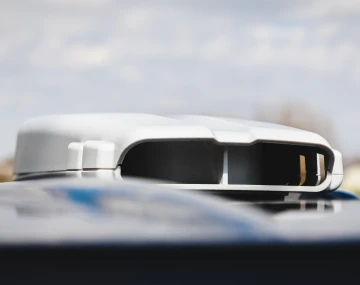
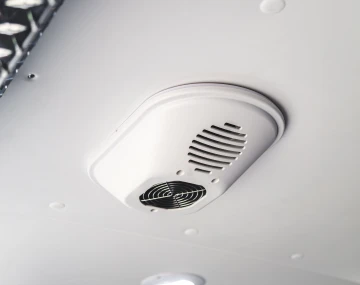
FAQs
No. Thanks to the innovative push-pull technology, all air is filtered in, and out via the rooftop unit. There is no need for a floor drain making it ideal for easy installation - especially in EV’s.
For a standard van, we recommend two VanFan units located at the front right, and back left of the roof. This application optimizes air flow throughout the cargo space and takes full advantage of the vortex air circulation generated through push-pull technology.
As a general rule of thumb, yes, the VanFan does work with a majority of ladder racks. We cannot ensure universal compatibility only because of the varied design differences observed in ladder racks. For example, ladder racks that boast wind deflectors (which if our vent is underneath) will dramatically affect airflow to the vent.
Yes, the base VanFan can be opened and closed, but the electric module add-on cannot.
If installing only one unit, the best location would be in the middle of the roof (or as close as possible).
If installing two, it is recommended to put them diagonally from each other, in opposite corners of the roof. Often the preferred location is the front right corner, and back left (20in off the partition).
Our vents fit between the ribs on Sprinters and Transits, but become narrow when dealing with new ProMaster models.
VanFan - Approximately 50mins
VanFan Electric - Depends on wiring. Will be comparable to base VanFan but depends heavily on installation specifications and wiring requirements - case by case.
There are no pre-cut holes in our ceiling liner to aid in VanFan installation. The reason for this is because of the variety of applications and installation situations. Because each upfit is custom, the vents will be installed in different places (ladder racks, shelving, etc.)
No, do not use silicon to seal your VanFan. Silicon can cause serious problems! The foam gaskets provided are more than enough for the vent to be water tight. No additional sealant is necessary.
You can install the VanFan with no electric module. However, to install the electric module add-on you must also have the VanFan base unit.
The VanFan push-pull technology applies to both units. The difference is the application. Our base VanFan unit requires the vehicle to be in motion in order for the forced air circulation to occur. Whereas, the VanFan Electric is able to operate even when the vehicle is stationary.
There is a 16mm foam gasket available for difficult roof ribs.
Not currently. How the wiring is done is entirely up to the upfitter as per the customers needs. Some may opt to have the electric module hooked up to a sensor that detects temperature, RPM, or harmful gasses, so the VanFan will turn on situationally. Others may opt for different applications.
The VanFan does not come with a built-in filter. This means it is possible for dust to make it’s way into the cargo area of your van. However, the VanFan does come with the ability to close the unit off from the cargo space in the event of a storm.
The cleaner the punch, the easier to touch up and seal. We recommend using a paint pen to prevent rust per SOP processes.
No. Do not use an impact drill to fasten the attachment screws. Screws must be hand-tightened to avoid any potential damage to the plastic shell of the fan.
The VanFan does act as a dehumidifier of sorts to cycle out trapped moisture and stagnant air.
When the damper is closed there is no way for insects to enter the vehicle through the vent. When open, it is possible but highly unlikely.
Roof temperatures are severe and reflected heat on the roof is brutal. The ABS plastic that makes up the VanFan shell is extremely resilient to extreme heat and holds up well. Testing is to come.
The vent includes a large foam gasket designed to seal the hole and prevent leaks. Avoid using silicon to seal the hole.
An install template is included on the packaging of the box to aid in measuring the size and location of holes. In addition, install guides for the VanFan can be found here.
The electric vent is approximately 58 decibels which is considered moderate or classified as background noise. The forced air vent is even quieter.
A hole saw is generally recommended for installation, however for larger quantities a punch saw can also be used.
